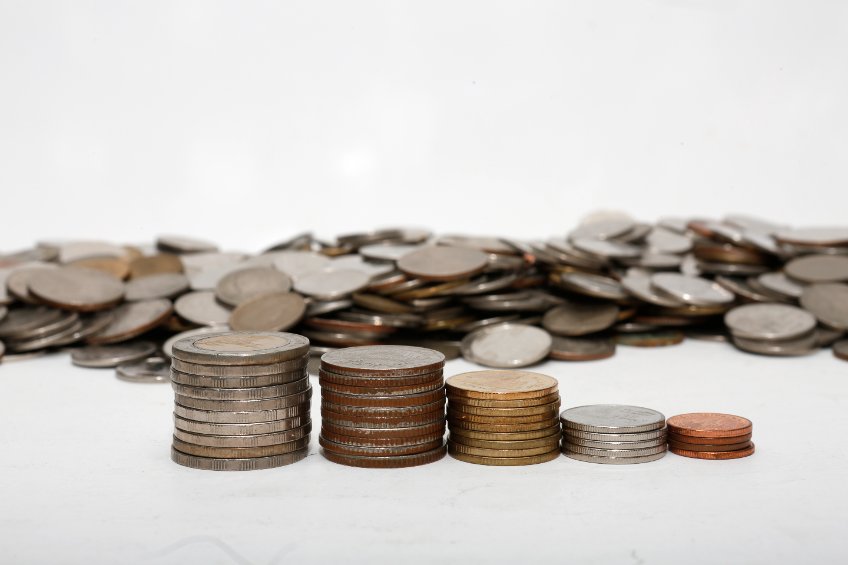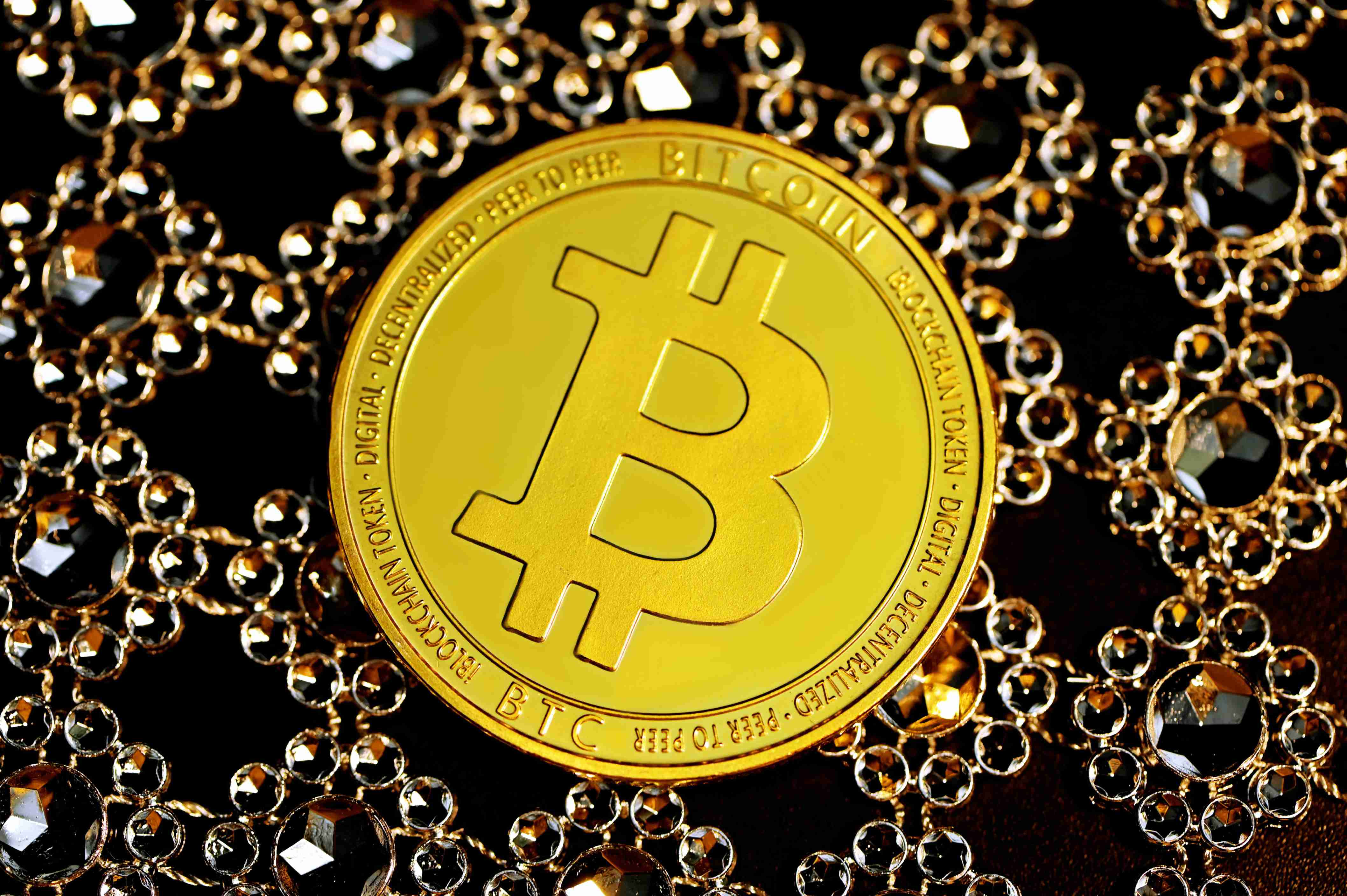
Celsius Network, a famous crypto lending firm, has been battling a serious financial crisis owing to the current crypto market meltdown. It lends out customer deposits and in return earns some interest. It manages over $11.8 billion in crypto-assets and offers its customers percentage yields as high as 18.63% of crypto deposits
Celsius financial crisis was through to the limelight after the crypto lender indefinitely froze withdrawals, swaps, and internal transfers shortly after the Terra LUNA debacle that set the crypto market on a free fall. Shortly after pausing withdrawals, Celsius then hired restructuring lawyers as it tried to keep afloat.
As events continued to quickly unfold and fears of insolvency gained traction, MakerDAO voted to temporarily disable the Direct Deposit Module (D3M) of DAI for DeFi lending platform Aave. The move was aimed at reducing Celsius’ exposure to the DAI, which it had already borrowed through the Aave platform. Celsius had borrowed 100 million DAI tokens on Aave.
On July 6, Celsius, however, paid $183 million to Maker in DAI tokens in an attempt to clear its debt. It paid 59 million DAI tokens meaning it remains with a debt of 41 million DAI tokens. The move frees up some of the wrapped bitcoin that had been used as collateral for the debt.
But in a shocker turnaround of events, the embattled crypto lender Celsius, was then on Thursday (July 7) sued by its former investment manager for allegedly using customer deposits to rig the price of its native token, CEL, while failing to properly hedge risks; something that led to the freezing of customers’ assets.
Owing to the woes facing Celsius Network, it could be necessary to look for an alternative platform that offers similar or better services. Coinjournal has compared five alternatives to Celsius Network for you. The list compares features, pricing, ratings, and products offered.
Alternatives to Celsius Network
1. Nexo
Nexo was the first crypto lending platform to offer instant crypto-backed loans. Besides allowing customers to borrow, the crypto lender also allows crypto investors to use their digital assets and provide them as collateral for a crypto credit line.
It allows users to instantly buy cryptocurrencies using cards at 0% fees and with a 0.5% cashback strategy allowing users to earn as they spend. It also allows users to swap cryptocurrencies and also earn up to an APY of 16% for providing their crypto assets.
Most importantly, Nexo has remained steady regardless of market conditions and it recently entered into talks with Citigroup for strategic opportunities in crypto lending.
2. CakeDeFi
CakeDefi is Singapore-based staking, liquidity pool, and lending protocol that allows users to deposit their crypto assets and earn a percentage yield.
Despite its ‘DeFi’ tag, Cake DeFi is more of a centralized platform since it is a custodial platform that offers a suite of DeFi products.
CakeDeFi offers three primary DeFi products namely lending, staking, and Liquidity Mining. Users can earn an average of 6.5% for lending out their crypto assets or up to 80% for participating in Liquidity Mining.
3. Compound Finance
Compound Finance is a San Francisco, California-based mechanical money market protocol that allows users to deposit crypto assets and earn interest of up to 16% APY or borrow other crypto assets against the assets they deposited. It was founded in 2018 and was among the first crypto lending platforms to be developed.
Compound users can also Buy, Sell or Swap cryptocurrencies.
Compound started as a centralized platform but has grown out of its image after the issuance of its native governance token, COMP, ushered in the transformation of Compound into a community-governed decentralized autonomous organization (DAO).
4. Aave
Aave is renowned crypto-based lending and borrowing platform. It was launched in 2017.
Aave is a non-custodial DeFi protocol, and it offers three main products namely borrowing, lending, and Liquidity Mining (for the liquidity providers who provide liquidity to the lending pools).
Aave has some of the largest lending pools across the blockchain industry and has become a common name for crypto experts.
Besides offering over-collateralized crypto loans, Aave users can also get uncollateralized loans called Flash Loans.
5. Crypto.com
Crrypto.com offers a range of crypto services including a Crypto.com App, Exchange, Visa Card, DeFi swap, DeFi Wallet, DeFi Earn, Crypto.com Price, staking, and crypto lending among other services.
In addition to the wide variety of services, Crypto.com also offers some of the lowest transaction fees and incredibly generous rewards programs within the crypto industry.
Conclusion
With the above alternatives to Celsius, you have a selection of reputable platforms that offer similar or better crypto services as the Celcius Network, which is currently undergoing some hardships.
The above list is, however, but a fraction of crypto protocols out there that offer similar services to what Celsius offers.
The post 5 best alternatives to Celsius appeared first on CoinJournal.





